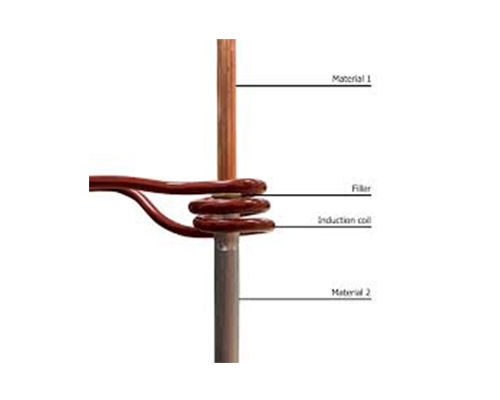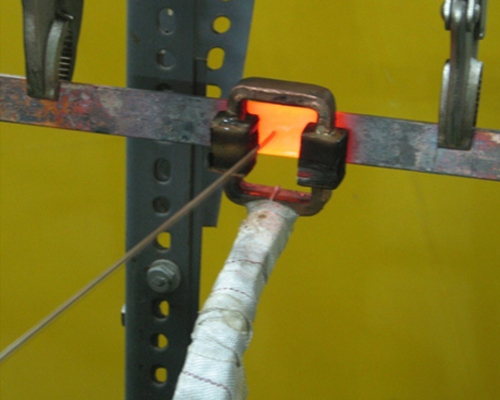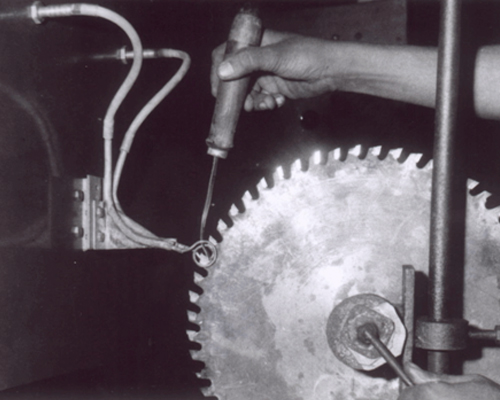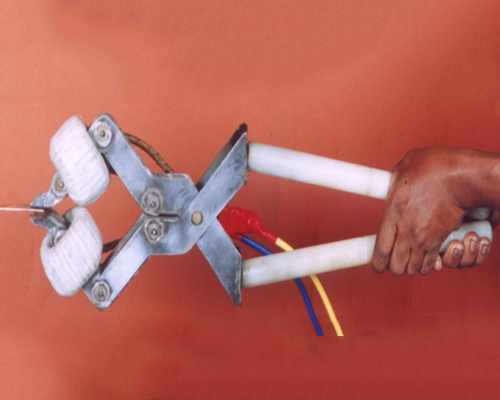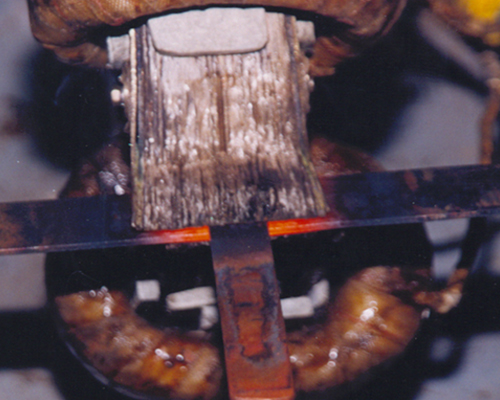What is Induction Brazing?
Induction brazing is a joining process that uses electromagnetic induction to heat and melt a filler material (brazing alloy) without directly melting the base metals being joined. This method is commonly used to create strong and durable joints between two or more metal components.
Here’s how the induction brazing process typically works:
- Preparation: The metal parts to be joined are thoroughly cleaned and prepared to ensure proper bonding.
- Brazing Filler Material: A brazing filler material, often in the form of a pre-placed paste, powder, or wire, is applied at the joint area between the metal parts.
- Induction Heating: An induction coil is placed near the joint area, and an alternating current passes through the coil, creating a rapidly changing magnetic field. This magnetic field induces eddy currents within the metal parts, generating heat due to resistance. The heat is concentrated at the joint area, where the brazing filler material is located.
- Brazing Temperature: The induction heating raises the temperature of the joint and the brazing filler material to the brazing temperature, typically above the melting point of the filler material but below the melting point of the base metals.
- Capillary Action: As the brazing filler material melts, it wets the surfaces of the base metals and is drawn into the joint by capillary action.
- Cooling and Solidification: Once the brazing process is complete, the joint is allowed to cool and the brazing filler material solidifies, forming a strong and durable bond between the metal parts.
Induction brazing offers several advantages:
- Precision Heating: Induction heating allows for precise and localized heating of the joint area, minimizing heat-affected zones in the surrounding areas.
- Fast and Efficient: The induction heating process is fast, efficient, and energy-saving compared to other heating methods like flame brazing.
- Clean and Controllable: Induction brazing produces clean and controlled joints without the need for flux, reducing post-processing requirements.
- Versatility: It can be used for joining a wide range of metals and alloys, making it suitable for various applications across industries such as automotive, aerospace, electronics, and manufacturing.
- Quality Joints: The controlled heating and precise melting of the brazing alloy result in high-quality joints with excellent strength, corrosion resistance, and structural integrity.
Overall, induction brazing is a reliable and effective method for creating strong and durable joints in metal components, offering benefits in terms of precision, efficiency, cleanliness, versatility, and quality.
Related Services :
Induction Brazing Machine , Portable Induction Brazing Machine, Handheld Induction Brazing Machine, Induction Brazing Machine, Induction Brazing Machines, Rotor Brazing Machines.
Services we provide
Induction Brazing of
- Copper parts for compressors.
- Copper components of transformers.
- Brass components.
- Submersible pump rotors.
- Ring cable lugs.
- Aluminium component joints.
- Soldering of brass components.
- Steel components joints.
- Brazing of storage water heater Elements.
- Diamond tipped cutting tools.
- Carbide tipping of cutting tools.
- Optical Frame Brazing.
- Fuel pipe Brazing.
- Vacuum brazing of critical components.
- Brazing stainless steel orthodontic parts.
- Brazing of stainless steel to Brass.
- Rocker Pins.
- Hydraulic Hose.

